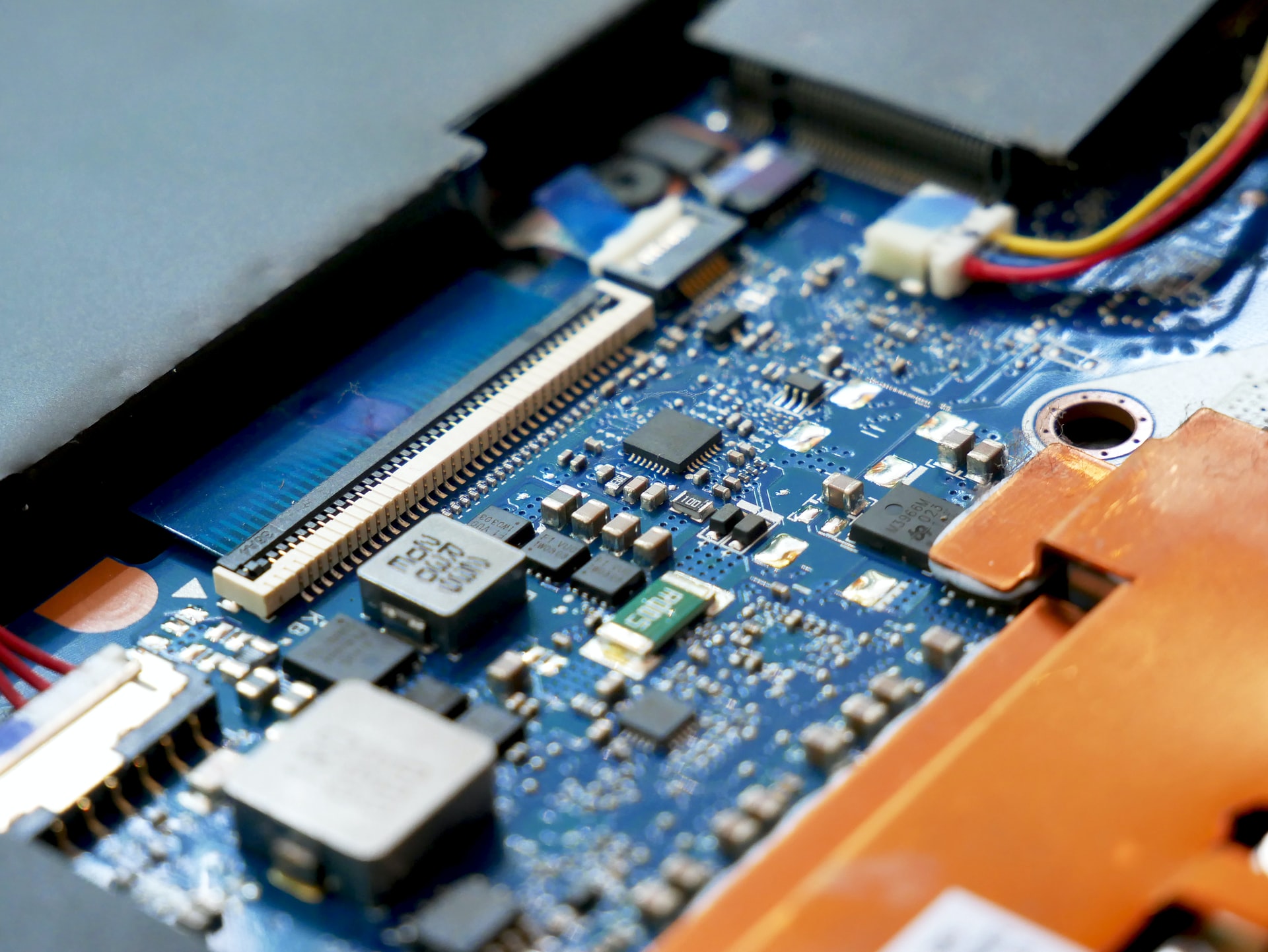Semiconductors: perspectives and challenges of the sector
Semiconductors are one of the most sought-after commodities on the global market. Their scarcity has led to serious disruptions in production processes in the automotive and technology industries. This has forced companies to turn their attention to changing business processes and increasing capacity for chip manufacturing. Many nations are talking about semiconductors as a new strategic commodity, and the market is not yet fully formed.
Semiconductors are a priority for the European Union and the United States. The governments of those countries have already allocated funds to build new plants and provided incentives for manufacturers.
During the pandemic, the whole world learned about microchips and the crisis in this sector. Not only are these products part of machinery and cars, but semiconductors are also used in the space industry, energy, and medicine. Virtually all of the items around us contain microchips, so the shortage is hitting all sectors of the economy. Speaking in 2021, the president of the United States called the shortage of semiconductors a national security level problem, and this statement would be true for all countries. Therefore, the authorities need to focus not only on providing the domestic market with chips but also to make the most of the situation by improving their competitiveness on the global stage.

However, semiconductors are also excellent tools for manipulation. A vivid example is the sanctions against Russia, which prohibit the sale of semiconductor products to foreign companies. If such restrictions are imposed, the Russian economy will find itself in a critical situation, and for the global community, this will be a strong lever of pressure on Moscow.
As part of a solution to the semiconductor shortage, the European Union passed a law on microchips. It will attract about 43 billion euros in investments to the sector. In addition, the EU plans that by 2030, the new strategy will make it possible to increase its share of the microchip market to 20%. Now, this figure is 10%. According to estimates by Bloomberg, the government intends to allocate $30 billion to achieve the goal, while the remaining funds, at least $12 billion, will be raised from commercial companies.
As part of the European strategy, joint ventures will be created, for which 11 billion euros will be allocated. They will be engaged in the research and development of innovative technologies using semiconductors. In addition, a special fund will be established, which will simplify the financing of startups.
As for the U.S., here has been allocated $52 billion for the production of microchips, and $29 billion was allocated to fund research projects. In total, the initiative foresees investments in the sector in the amount of $250 billion. Also, the U.S. government provides support for the development of technology centers that will create new jobs and increase production volumes.




